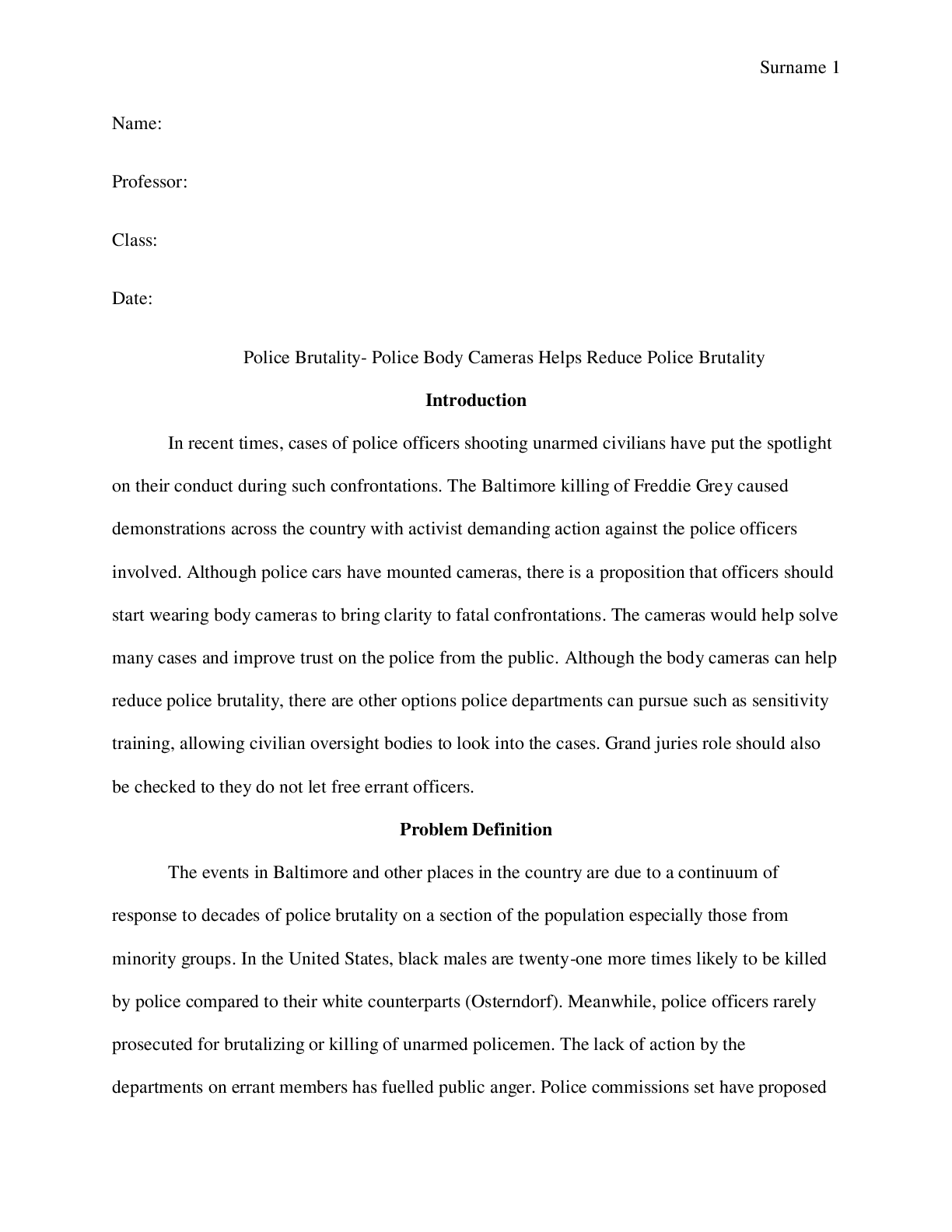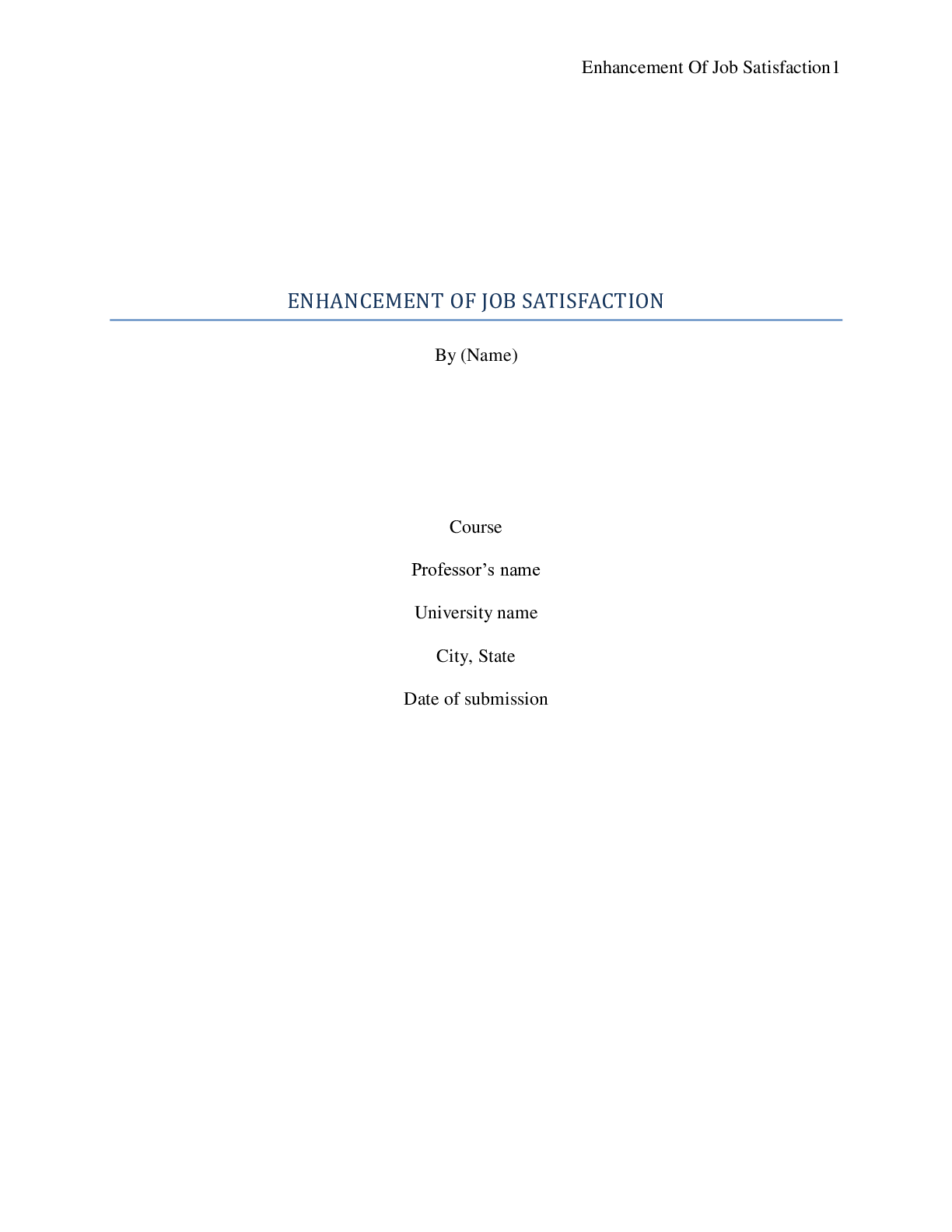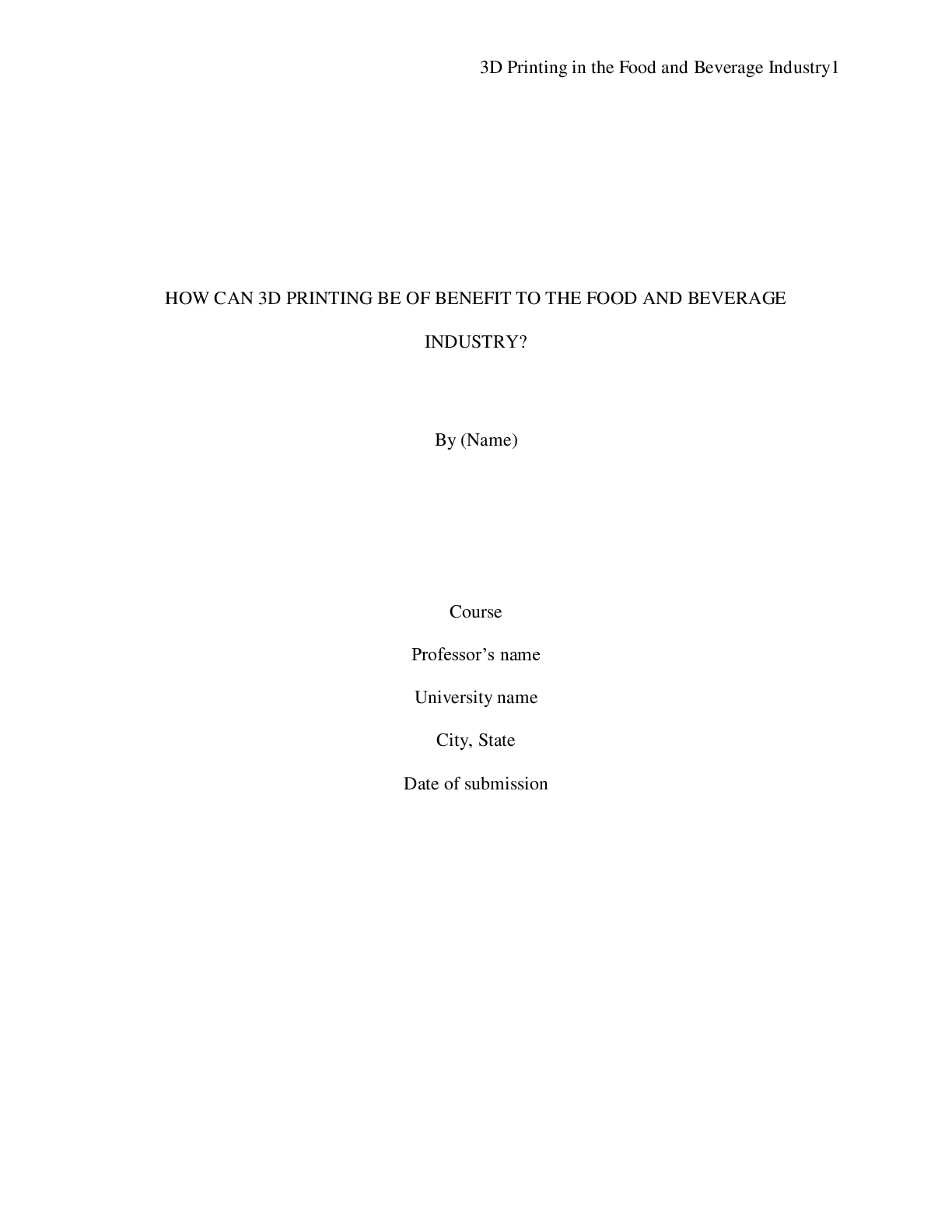Position paper: Medical Equipment Spending in United States
Document Content and Description Below
Position Paper 1 Health care spending and financing in the US (or anywhere) can be compartmentalized into a defined number of service types or categories. For each category, the sources of funds t... o cover those categories can also be compartmentalized. The largest categories are hospitals, physicians and clinics, prescription drugs, and administration. Other categories include home health, nursing care, medical equipment, dental, other professional services and more. The relative contribution that each category makes to overall spending in any given year, or over time, gives a sense for how the organization of health care delivery is evolving. Similarly, the source of funds to cover any one of these categories evolves over time. Insurance is now (but was not always) the dominant category, composed of multiple public [Medicare, Medicare, State Children’s Health Insurance Program (SCHIP) Veterans Administration, Department of Defense, Indian Health Service], and private sources. Out of pocket expenditures by the consumer (which dropped dramatically as a share of total expenditures over 5 decades) are now trending upward. The major purpose of this exercise is to select one, and only one, sector of health care service of interest to you, and explore trends in funding magnitude and source of funds, over decades. A key point is to connect trends in funding in that sector with the sources of funds for that sector. For example, suppose you’re interested in pharmaceutical spending. As you will, the annual percentage of total healthcare spending on pharmaceuticals has varied markedly over decades. Similarly, the sources of funds to cover that spending have also evolved – in other words, the fraction annually contributed by Medicare, Medicaid, private insurance, out of pocket, and other sources continues to change. An excellent source of information is the Kaiser family foundation site (kff.org). The health spending explorer (see URL below) provides longitudinal data on health care spending by category. The health system tracker (URL below) provides data on access, spending, and quality. • http://kff.org/interactive/health-spending-explorer/ • https://www.healthsystemtracker.org/dashboard/ In addition to the Kaiser family foundation site, you should identify at least two other sources that provide information on your topic. For many if not most topics, there are reputable sources that typically come down on both sides (politically) of issues related to health spending. The New York Times and The Wall Street Journal are obvious examples. Bloomberg is a very comprehensive source, along with many other online sites. [Show More]
Last updated: 2 years ago
Preview 1 out of 8 pages

Buy this document to get the full access instantly
Instant Download Access after purchase
Buy NowInstant download
We Accept:

Reviews( 0 )
$4.00
Can't find what you want? Try our AI powered Search
Document information
Connected school, study & course
About the document
Uploaded On
Sep 15, 2020
Number of pages
8
Written in
Additional information
This document has been written for:
Uploaded
Sep 15, 2020
Downloads
0
Views
61














